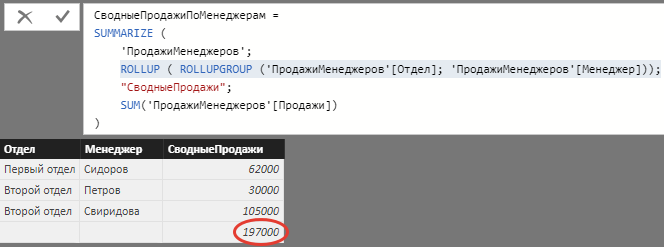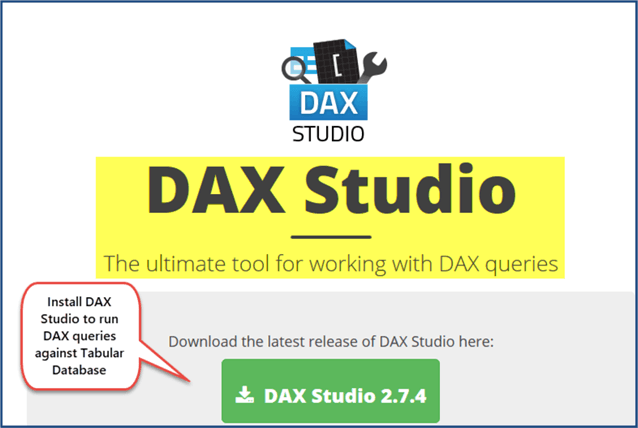

"sales_events" SUMX(RELATEDTABLE(Sales) 1) -same as COUNTX but better performanceįILTER(sales_per_customer_table_expression_with_addcolumns >1000) "Sales Amount sum" SUMX(RELATEDTABLE(Sales) Sales) VAR sales_per_customer_table_expression_with_addcolumns = Measure KPI customer count sales 2004 over 1000 eur = The basic function pattern is DAX ADDCOLUMNS with SUMMARIZE. too instead of UNION in another type of requirement setting here would be possible to use EXCEPT or INTERSECT functions can have in 2004 same customer and we want to count it only 1 time above union of all customer keys, then distinct as e.g.

VAR other_customers = -last 2 quarters, in this example Q3 and Q4ĬALCULATETABLE(SUMMARIZE ( Customers Customers ) įILTER(dimProductCategory dimProductCategory"Bikes" &ĭimProductCategory"Accessories") įILTER('Calendar' 'Calendar'=2004) FILTER('Calendar' 'Calendar'="Q3" || 'Calendar'="Q4"))ĭISTINCT(UNION ( bikes_customers accessories_customers other_customers)) CALCULATETABLE is needed to filter based on two tables VAR accessories_customers = -latest year, in the example 2004įILTER(dimProductCategory dimProductCategory="Accessories") įILTER('Calendar' 'Calendar'=2004)) Measure KPI customer count =ĬALCULATETABLE(SUMMARIZE ( Customers Customers) įILTER(dimProductCategory dimProductCategory="Bikes")) The basic function pattern is DAX CALCULATETABLE with SUMMARIZE. How section considers whether DAX is the best solution in the first place. In the theory section is discussed alternatives and additional approaches and their differences. In this post I present two function patterns to handle most of this type of situations. An example could be a KPI like the customer count of a company (per product) when different products have differences in the counting logic or data tables. expression.Often there is a need to (distinct) count or sum values based on multiple filtered tables over a selected variable like a product type. A string representing the column name to use for the subsequent expression specified. The values present in the filter table are used to filter before cross-join/auto-exist is performed. A new filter is added to the Product table Color column-or, the filter overwrites any filter that's already applied to the column.2 What is summarize column in DAX?Ī table expression which is added to the filter context of all columns specified as groupBy_columnName arguments. The CALCULATE function evaluates the sum of the Sales table Sales Amount column in a modified filter context. What is difference between filter and CALCULATE in DAX? Conditionally assign a table variable in a DAX query (within an SSRS dataset).The expression specified in the EVALUATE statement is not a valid table expression.Restore original filter context in DAX formula.Multiple filters in DAX with OR Keyword.You can combine filters using keywords like AND and OR and also nest one filter within another.1 How do I apply multiple filter conditions in DAX? The FILTER function in DAX allows you to iterate down the rows of any table, creating a row context for each and testing whether the row should be included in your calculation. Here, instead of using all the data in a table, you use the FILTER function to specify which of the rows from the table are used. SUMX requires a table or an expression that results in a table. The second part of the formula, FILTER(table, expression),tells SUMX which data to use. Any DAX expression that returns a single scalar value, where the expression is to be evaluated multiple times (for each row/context).2 How do you use SUMX filters? The name given to a total or summarize column, enclosed in double quotes. The FILTER function introduces a row context. CALCULATE transforms the current row context into a filter context. When you use a measure in DAX, the DAX will wrap the measure in a CALCULATE. What is the difference between summarize and Summarizecolumns?Īnother difference between SUMMARIZE and SUMMARIZECOLUMNS is that SUMMARIZE keeps both a row context and a filter context active in the expression where you specify the aggregation (more details in All the secrets of SUMMARIZE), whereas SUMMARIZECOLUMNS provides a filter context only and no row context. You can use FILTER to reduce the number of rows in the table that you are working with, and use only specific data in calculations. A table containing only the filtered rows. Returns a table that represents a subset of another table or expression.

SUMMARIZE DAX Function (Table manipulation) Creates a summary of the input table grouped by the specified columns. Which DAX function can summarize a table? YEAR ( DimDate ) = YEAR ( TODAY () )Īs we have seen, a large number of examples were utilised in order to solve the Dax Summarize Table With Filter problem that was present. "Order Count", DISTINCTCOUNT ( 'Sales Table' )


 0 kommentar(er)
0 kommentar(er)
